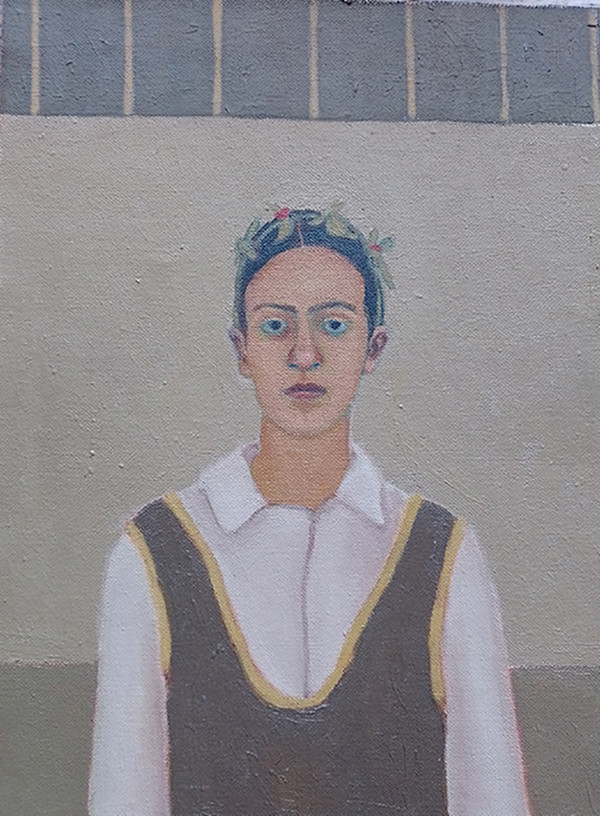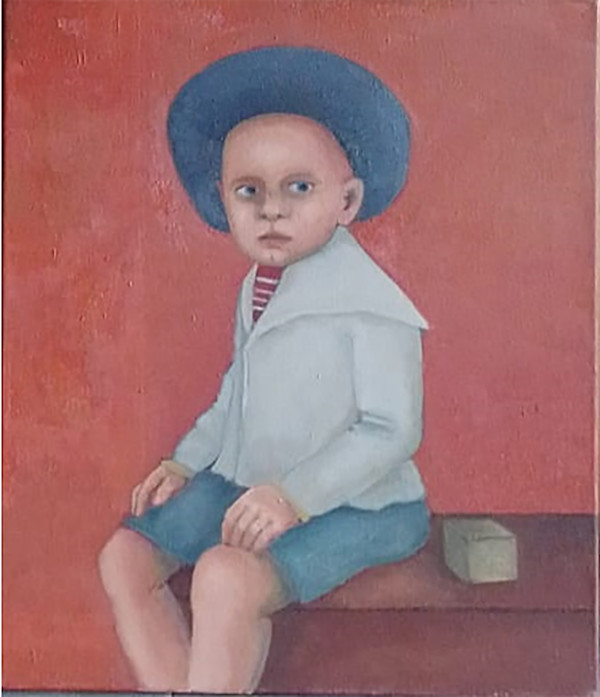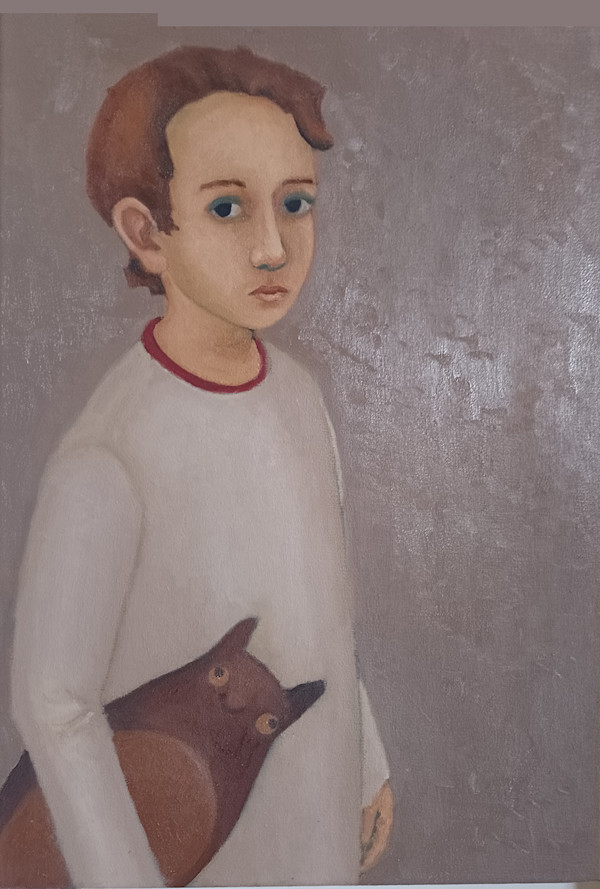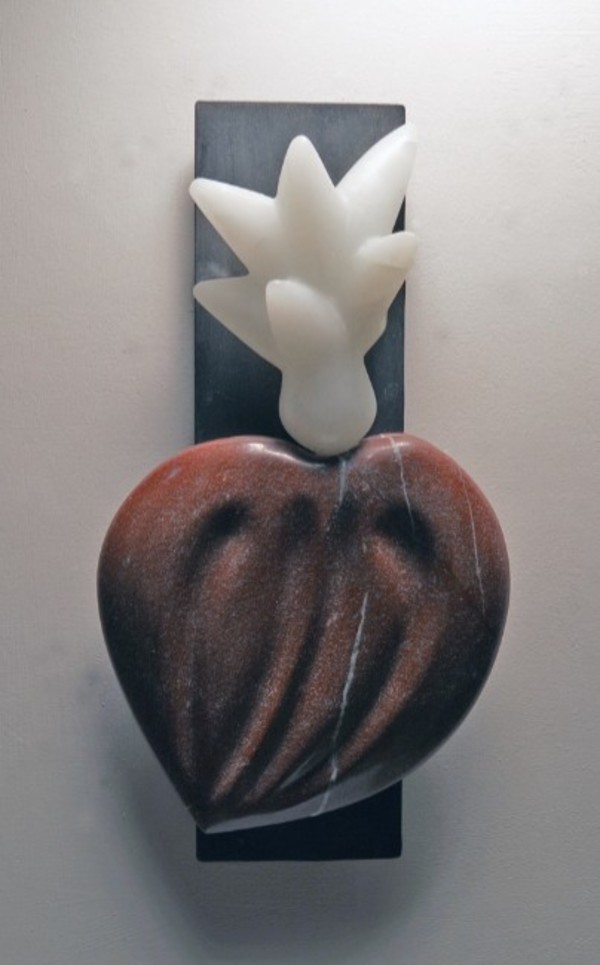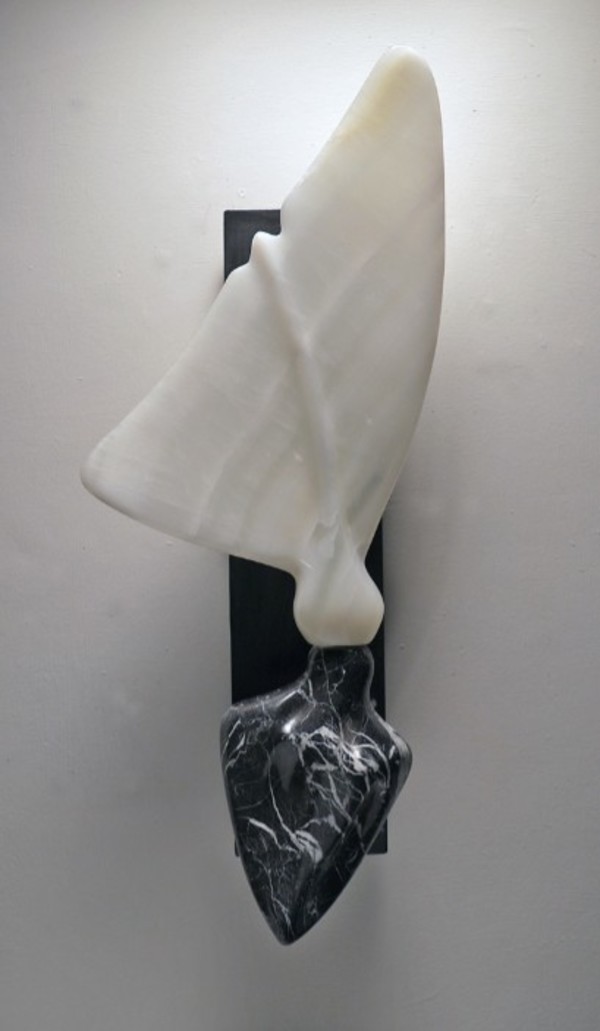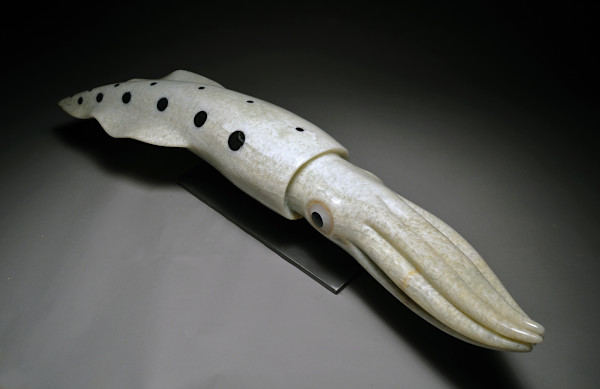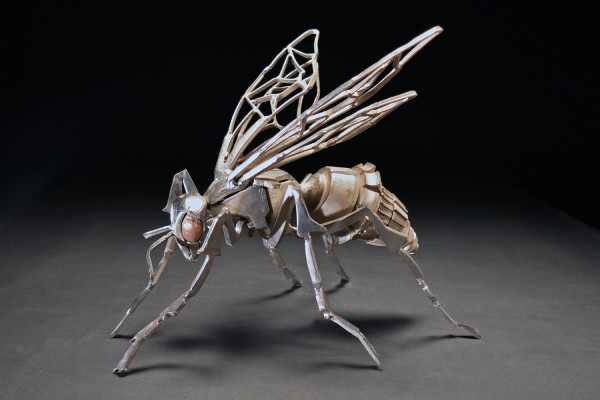Given the accelerated collapse of biodiversity in our world today, the very nature
a Natural History Museum begs the question of how much more of life familiar to
us today will be history tomorrow, one more museum display of another living
thing gone extinct. Beetles are one of the most biodiverse creatures that share
our planet, and as such make a wonderful subject for an art/science collaborative
exhibit. Beauty and the Beetle is, of course, all about beetles, but it is also about
very much about how art can engage an audience in a subject that they would
otherwise overlook. An art/science dialogue about a very specific facet of nature,
its environmental awareness agenda encourage the audience to consider the
importance of biodiversity in a world that is losing it at an unprecedented rate
Beauty and the Beetle is a relatively small and intimate exhibit, but armed with
fascinating facts, extraordinarily beetle specimens, and unique artwork it is willing
to take on the challenge of shifting public perception of insects away from a
predictable response of fear and loathing to one of wonder and curiosity. The old
trick of altering the sense of scale between human and insect worlds is reinvented
here with larger-than-life sculptures and photographs, grabbing people’s
attention with the same paradigm shift as Claus Oldenburg uses so successfully
with his sculptures of giant erasers and clothes pins. Details difficult to fully
appreciate in such tiny subjects are revealed through art, giving the audience a
uniquely creative entree into the insect world that beautifully compliments the
beetle biological information presented in exhibit graphics. As Victor Hugo
famously wrote ‘Where the telescope ends the microscope begins, and who can
say which has the wider vision?’ Here is an opportunity to experience that ‘wider
vision’ as seen through this very particular Coleopteran facet of the greater jewel
that is biodiversity in the natural world.
For me personally as an artist, this exhibit presents an opportunity for my
sculpture to have an environmental 'relevance' outside of a traditional gallery
context. Like so many artists before me I depend on nature for inspiration and I
feel I would be remiss not to seek an environmental agenda with my work.
- Subject Matter: Insect


